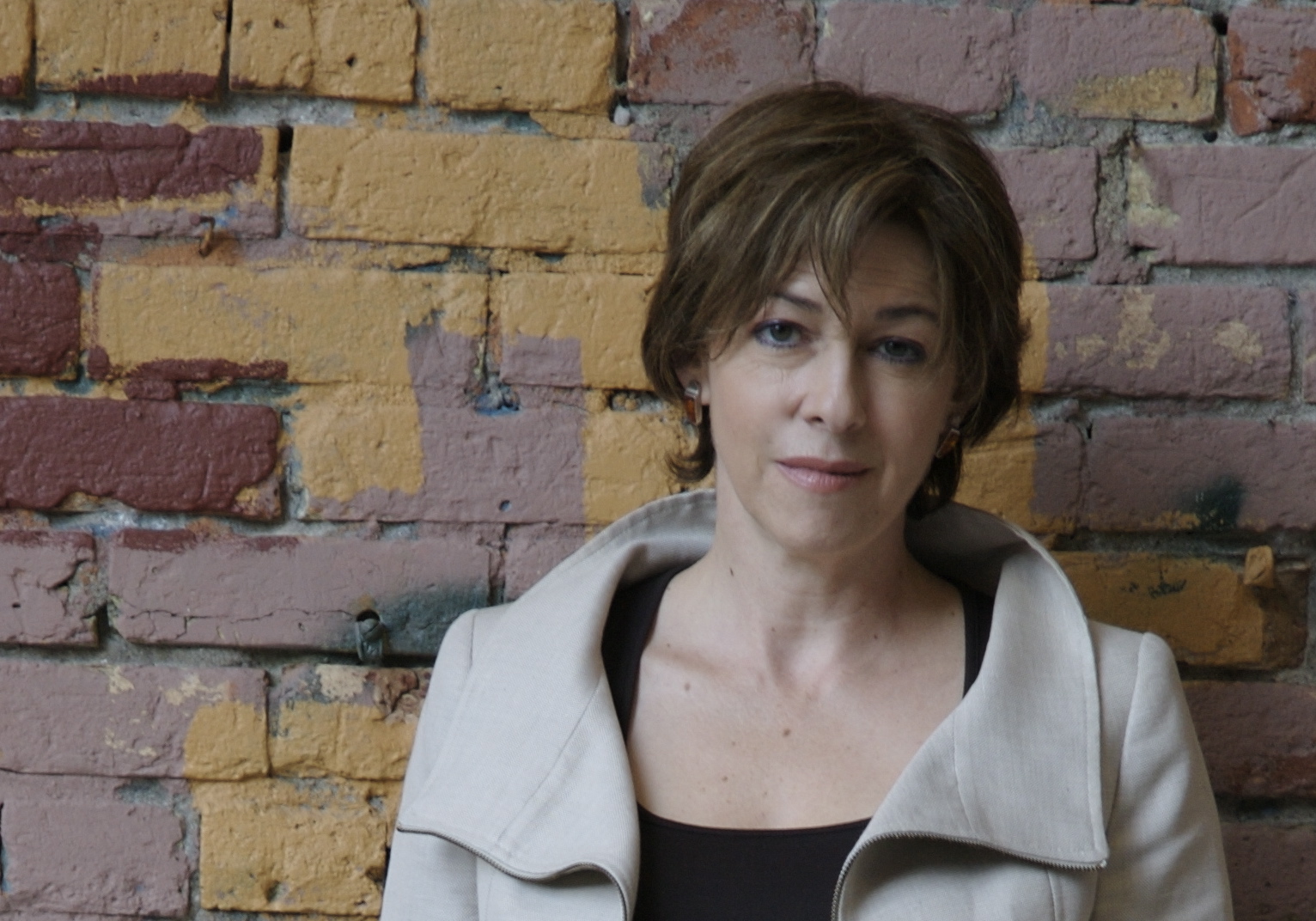Posted on my FB Profile on WDD 2013:
Today is World Diabetes Day. Since most of what you will read will either conflate Type 1 and Type 2, or just focus on Type 2, which is 90% of cases, here are a few quick facts about Type 1:
-78,000 children a year are diagnosed with T1D
– 85% of people living with T1D are adults– so do the math…
-More than 300,000 Canadians and over 3,000,000 Americans have T1D.
-the prevalence of T1D has doubled in the last 25 years and is projected to double again in the next 15-20.
– it is an autoimmune disease and we don’t know what causes it. For some reason, your immune system attacks and kills the cells that produce insulin.
-insulin converts sugar into energy for your cells.
-people with T1D don’t make insulin.
-without insulin you die, so you need to inject it or pump it on a daily basis.
-there is no cure, and no matter how much you exercise or how little you eat, you will still need to inject or pump insulin every day.
-“Both children and adults like me who live with type 1 diabetes need to be mathematicians, physicians, personal trainers, and dietitians all rolled into one. We need to be constantly factoring and adjusting, making frequent finger sticks to check blood sugars, and giving ourselves multiple daily insulin injections just to stay alive.”— JDRF International Chairman, Mary Tyler Moore
-managing T1D over a lifetime makes you smarter, more self disciplined and actually healthier than most people your age who don’t have to pay the same amount of attention to their diet, exercise and overall health. It also reminds you on a daily basis that we all live on the edge of death, all the time. That can get heavy.
-T1D patients are routinely discriminated against in employment, healthcare and insurance — people underestimate our abilities and capabilities and make wrong assumptions about us all the time.
– People living with T1D can achieve anything that they wish, they just have to work hard to manage their condition so that it doesn’t interfere.
WEAR BLUE TODAY TO SUPPORT PEOPLE LIVING WITH DIABETES, AND IN PARTICULAR TYPE 1, THE ORPHAN CHILD OF THE DIABETES WORLD.
Thanks for reading all the way to the bottom of this. For more information on T1D, go to www.jdrf.org.
XXXOOO
Lynda
So I start off World Diabetes Day 2013 with a 3:45 am ‘Replace Battery’ Alarm on my insulin pump, bleeping me into foggy consciousness and telling me I’m not getting any insulin until I put in a new battery. Wait a minute, I just replaced the battery yesterday! And the day before! What’s going on?
I get up and put in yet another new battery (the expensive, lithium kind that is supposed to last for months and has a 15-year shelf life) and go back to bed. 7:45 am the ‘Replace Battery’ alarm goes off again! WTF???!!!
I get out my emergency replacement pump and try the last two batteries in it — no go. Okay, the batteries really are duds. But that was my last one, from the new pack that I just bought a few weeks ago (I always keep at least 2 new ones in reserve). So I’m not doing anything today until the pharmacy opens at 8:00 am so I can get some new batteries. Thank God I live in a big city, where the love of my life (Jim) can zip down to the corner pharmacy for opening time and grab me some fresh batteries and make it back before I finish my first coffee.
Two things:
1. Always have about 4x the amount of diabetes management supplies you think you need, and
2. A supportive life-partner can literally save your life. Treasure him!
Okay, now, and off to walk, run and hike with the Russian for our usual hour in the morning. Dressed all in Blue to show support for World Diabetes Day….
MY WDD FB POST ATTRACTED A LOT OF SUPPORT AND INTEREST FROM MY NON-T1D FRIENDS. UPDATED ON MY FB PROFILE THE NEXT DAY….
Okay, so MB (not a T1Der, but someone I grew up with), you were right! It was the pump. So here’s what happened and why I love Animas Canada, my insulin pump company. After all of yesterday’s shenanigans with batteries, I noticed this morning that the battery indicator was showing about half-charged, which shouldn’t be for a brand new battery (these things usually last 2 or 3 months).
I checked the History DB in the pump and saw that I had changed the battery 5x in 4 days. I called the 24/7 Technical assistance number on the back of my pump and spoke with Sue, RN, CDE. She asked me to pull some info off the pump and decided that we should replace the pump right away, and that I should switch to my back-up pump to ensure insulin delivery was not impacted. She said that Animas Canada would be calling me shortly to arrange delivery of my replacement pump.
She wasn’t kidding. Within about 15 minutes, I was speaking with Marynim of Animas Canada and she arranged to have a new pump couriered to me at my location within 1.5 hours. It arrived as promised, I transferred all the info from the old one to the new one, paired it with my OneTouch Glucometer, loaded it up with insulin and presto! Good to go.
The reason I love this company so much is that they provide such amazing service. I only spoke with 2 people, each of whom did exactly what I needed them to do. I was never placed on hold. I never had to repeat my story. They quickly addressed and resolved the problem to my complete satisfaction, always making my needs paramount. I was treated with respect, trust and compassion throughout what could have been a very stressful and dangerous experience.
Thank you Animas Canada! You are a trusted member of my diabetes management team!
XO
Lynda
(Photo and text © Lynda Covello, 2015. All rights reserved. )







